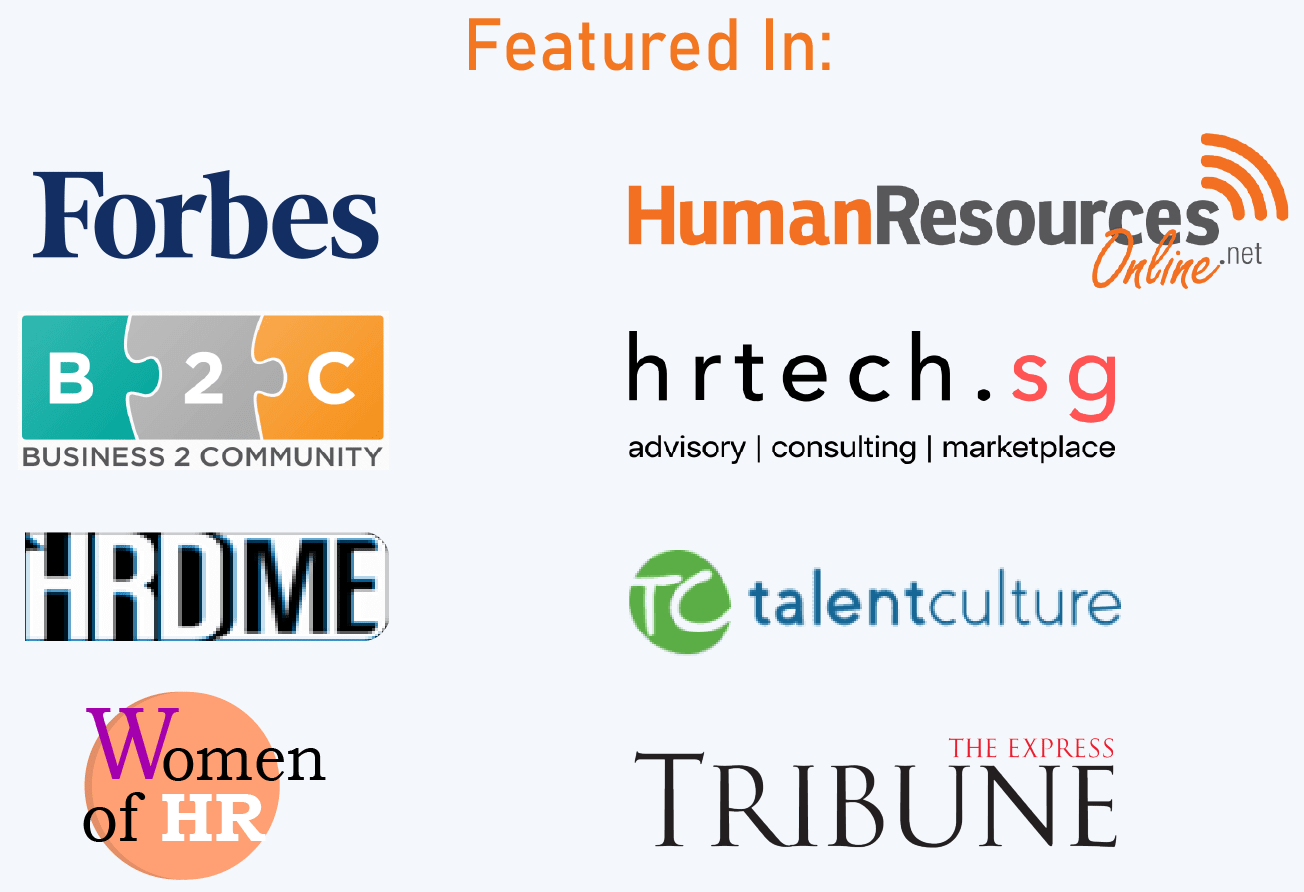The business model employed by organizations that most of us grew up with or heard of in the 20th century is what will kill them in the 21st. For organizations to sustain themselves, continue growing, remain relevant and even survive the massive paradigm shift we’re experiencing in the 21st century they’ll need to shift their mindset. And that mindset is commonly found in an exponential organization which analyzes disruptive scenarios and the emerging ecosystems to challenge its competitors and make its mark in the industry – in fact the world.
We live in a digital and exponential age where organizations like Airbnb, Amazon, Uber, Google, Tesla, Netflix are disrupting the world with their products and services. These, and others like them, understand that for growth, their business model must be based on information and support their Massive Transformative Purpose (MTP). Realizing this gives them the ability to scale faster and change the rules of the corporate world game. And it’s not just in relation to their product characteristics, but they’ve also in regards to how they organize their business, be it supply chain management, product development, organizational structure or customer relations. Across the board, throughout the organization there’s a change in mindset to facilitate exponential growth. Harnessing these strengths has enabled exponential organizations to produce a minimum of ten times greater output and impact in the industry and helping them become ten times better, cheaper and faster. You could say exponential organizations have muscled up to become more resilient, agile and sustainable.
Among the several common characteristics and traits of exponential organizations, there are a few that truly stand out as the core. Here are a few characteristics that your organization can define in its pursuit to transform into an exponential organization.
1. Define Your Massive Transformative Purpose
The days when shareholders and top executives talked about ROI, profits and market share are far gone. Today’s organizations aren’t focusing their business activities just to fill their shareholders pockets as that’s simply not enough. Organizations must be able to address this simple question: why do you exist and what’s your existence’s purpose? Your mission and vision statement may be plastered on every wall in the office, but that doesn’t speak the volumes or depth of what your Massive Transformative Purpose (MTP) is. An MTP is what makes exponential organizations attractive to talent, customers and suppliers. It’s what enables organizations to broaden their strategic canvas that they can paint on. It enormously widens possibilities and gives organizations the confidence to exploit their knowledge, be bold and take risks. Google’s MTP of “organizing the world’s information” has enabled it to comfortably dive into autonomous cars and Google Glass. Without such a daring MTP these products would be beyond the scope and depth of a “search engine”. Coca-Cola states its MTP as “open happiness”, allowing it to go far beyond beverages.
2. Believe and Invest In Information
Embracing the digital age is a necessity for organizations and that means transforming whichever part of your organization that possibly can be based on and driven by information. Sure you’ll still remain with a few analog and face-to-face services, however, there’s a high likelihood that these functions won’t be core to your transformation into an exponential organization. Evolving into an information based organization will make you more lean and agile from the rapid pace of your functions’ scalability. Consider how disruptive Netflix, Spotify, Uber and Airbnb have been to their industries. Because of their heavy reliance on information (and their agility) they’ve been able to overthrow incumbents in a matter of months. The pace at which products and services of exponential organizations are evolving, becoming cheaper and widely accepted is testament to the fact that information is the supreme force behind all rapid growth.
3. Create an Unparalleled Customer Experience
Good companies have established brand loyalty by their excellent customer services (before and after) and the high quality products that they’ve developed. Great companies (the exponential organizations) have gone beyond – they’ve enhanced the customer experience to such an extent that their customers perceive no life without their products or services. There’s been a paradigm shift in customer experience which is based on deeper trust, personalized services and a lifestyle that can’t function without the products and services of exponential organizations. Sure, Netflix knocked Blockbuster out of this world by its digitized services, but that alone wasn’t the factor. Netflix developed algorithms that enabled its users to customize its offerings based on their preferences and behavior. They made it so personal that customers felt pampered. Apple has designed interfaces that are not only powerful and empowering but so user-friendly and personalized that their products are inseparable from its user. Exponential organizations know that creating an innovative product isn’t the challenge – it’s creating an unparalleled customer experience that’ll propel their business.
4. Harvest Innovation
Being disruptive in your external environment isn’t possible if you aren’t disruptive internally. Being innovative and aiming for an MTP that’s truly going to be beyond your lifetime requires nurturing of a culture that fuels of intrapreneurship. The talent you employ and the culture you harvest must be aligned to the overall ideology that speaks volumes about your desire to be an exponential organization. It requires restless, hungry and eager individuals who dream big and aim high. And innovation needs to be found in every corner of your organization – not just product development.
I’m sure you’re now wondering why change anything when things are looking good for your organization and there’s steady growth in the horizon. Consider this – 40% of Fortune 500 companies will cease to exist in the next ten years because of their inability to adapt to the digital and exponential era. Will your organization be one of them, or will you incorporate these characteristics to ensure you’re headed towards the transformation into an exponential organization.
Like what you read? Subscribe to the Keijzer Community and get updates to your inbox. You’ll also get a free download which will help you take your leadership teams through a growth model which will help them mature on a personal and professional level.



